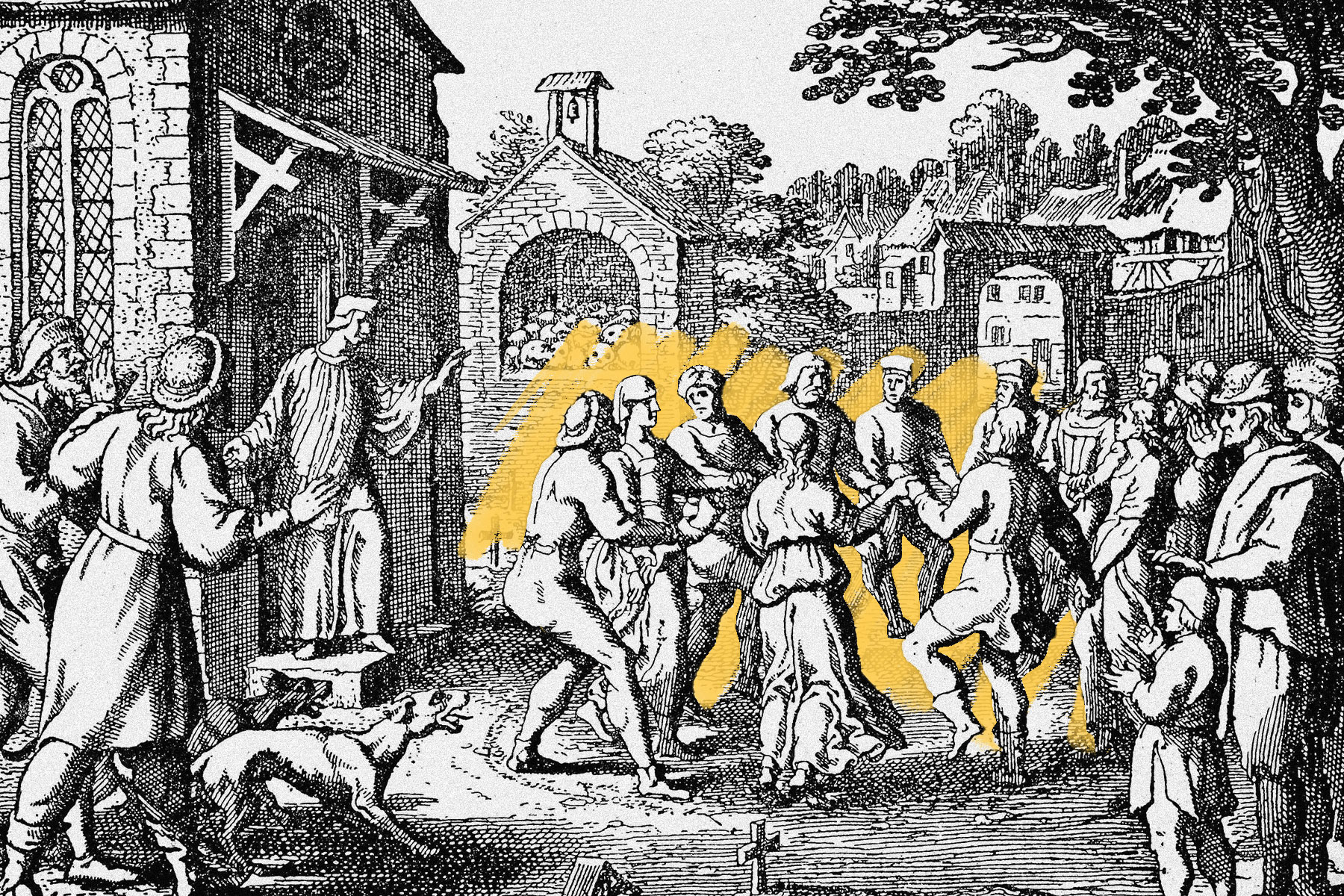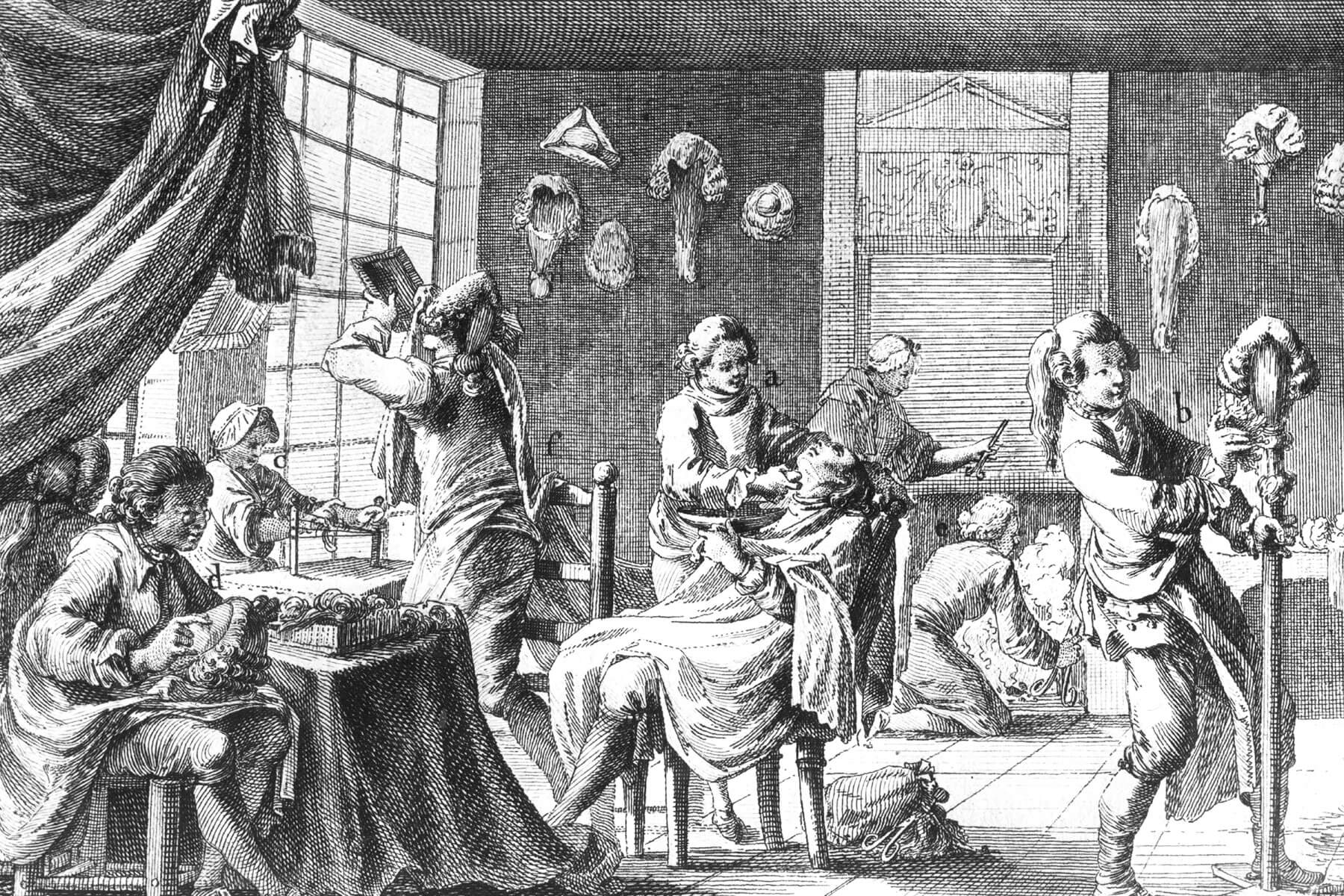 |
In the "dancing plague" of 1518, hundreds of people danced uncontrollably for two months. |
Arts & Culture |
 |
| |
| Authorities were concerned by this inexplicable rise in dance fever, though ill-informed physicians attributed the ailment to "hot blood" and suggested people simply needed to dance until they no longer felt the urge. As the weeks went on, several dancers collapsed from exhaustion, and some suffered fatal heart attacks. Locals sought answers, and some feared they had been cursed by St. Vitus, the patron saint of dance. Many modern historians posit that stress, coupled with the rise of new and untreated diseases such as syphilis, likely induced this mass hysteria. There had been numerous reported outbreaks of "dancing plagues" around the Holy Roman Empire in the preceding 500 years, including a significant one in 1374. Another theory points to a fungus known as ergot, sometimes found on bread. The fungus causes convulsions if consumed, and may have been responsible for the uncontrollable dancing as well as other instances of mass panic. | |
 | |
 | |||||||||
By the Numbers | |||||||||
| |||||||||
| |||||||||
 | |||||||||
| |||||||||
A Tanzanian boarding school suffered a laughter epidemic in 1962. | |||||||||
| Laughter really can be contagious, as attendees of a girls' boarding school in Tanganyika (now Tanzania) discovered in 1962. In January of that year, three students at a school in the town of Kashasha began laughing hysterically out of nowhere. The epidemic soon spread to other students, as individuals suffered laughing fits that lasted anywhere from a few hours to 16 days. With doctors unable to explain the phenomenon and students unable to focus, the school temporarily closed in March, though the issue only grew from there. The girls returned home and "infected" those communities, and entire towns were suddenly overcome with insatiable laughter. Fourteen schools closed throughout the country, with each wave of laughter lasting for around a month. In the end, there were thankfully no fatalities, though more than 1,000 people were affected by this mysterious event. | |||||||||
 | |||||||||||||||||||||||||||||||||||||||||||||||||||||||
Recommended Reading | |||||||||||||||||||||||||||||||||||||||||||||||||||||||
 | |||||||||||||||||||||||||||||||||||||||||||||||||||||||
| | |||||||||||||||||||||||||||||||||||||||||||||||||||||||
 | |||||||||||||||||||||||||||||||||||||||||||||||||||||||
| | |||||||||||||||||||||||||||||||||||||||||||||||||||||||
| + Load more | |||||||||||||||||||||||||||||||||||||||||||||||||||||||
| | |||||||||||||||||||||||||||||||||||||||||||||||||||||||
| |||||||||||||||||||||||||||||||||||||||||||||||||||||||
| |||||||||
| 700 N Colorado Blvd, #513, Denver, CO 80206 | |||||||||









No comments:
Post a Comment